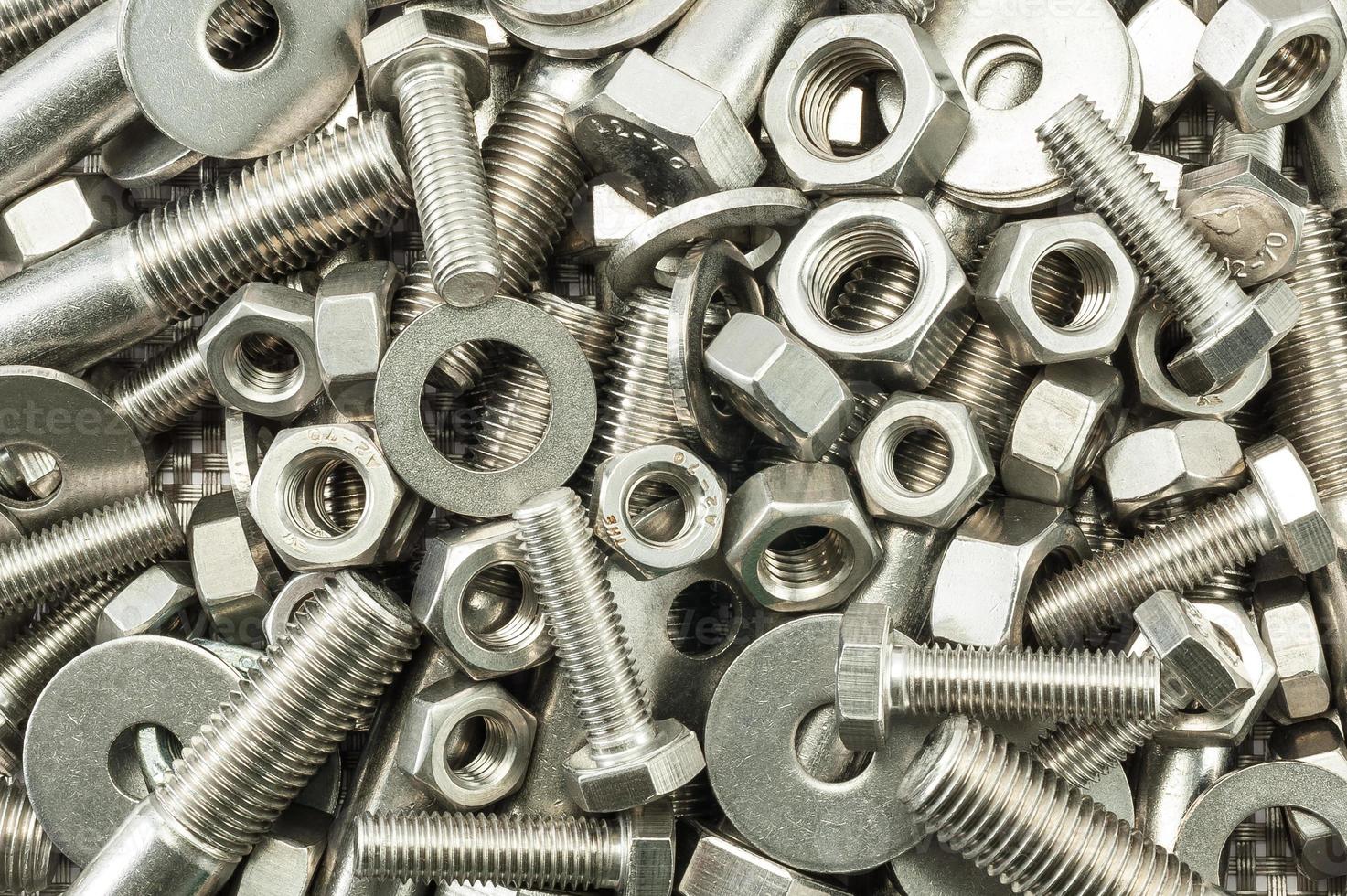When initiating any DIY project, whether it's a straightforward home fix or a challenging construction task, comprehending the right fasteners to use can be crucial. Fasteners like nuts and bolts may look minor, but they play a crucial role in guaranteeing the integrity and endurance of your work. With numerous options available, it's necessary to know the particulars to choose the right ones for your needs.
This guide aims to simplify the world of nuts and bolts, providing information into different types, their uses, and the materials used in their construction. From heavy-duty construction projects to automotive repairs, we will explore all you need to understand about choosing the perfect fasteners. We'll break down specialized terminology and examine the characteristics that make certain nuts and bolts suitable for various situations. Whether you are a seasoned DIY enthusiast or new to this, this comprehensive resource will help you make informed choices for your projects.
Grasping Fasteners
Nuts and bolts constitute the foundation of countless endeavors, serving as crucial fasteners that bind various components together. At their heart, a bolt is a threaded fastener designed to be inserted into a previously drilled hole and is often coupled with a female fastener to create a tight joint. This combination provides the necessary durability and resilience for a wide range of uses, from simple household fixes to complex construction tasks.
There are numerous categories of nuts and bolts, each designed for particular functions. Fasteners come in many forms such as hex bolts, carriage bolts, and lag bolts, which offering unique benefits depending on the situation. Similarly, nuts vary significantly, including regular hex nuts, lock nuts, and flange nuts, which have specific applications that can enhance the overall strength and safety of the junction. Comprehending these differences is essential for any do-it-yourself enthusiast aiming to pick the ideal fasteners for their needs.
Selecting the right nuts and bolts not only guarantees the success of a task while also boosts safety and longevity. Factors to take into account include the substances used, the environment in which they will be utilized, and the specific load requirements. By understanding https://sunoboe3.werite.net/the-craft-of-fastening-the-beginners-guide-to-nuts-and-screws of nuts and bolts and their specific characteristics, do-it-yourselfers can make knowledgeable choices that lead to successful and enduring results in their projects.
Categories and Uses of Fasteners
Fastening devices come in multiple kinds, each designed for specific uses and substances. Nuts and bolts are among the widely frequently used fastening devices in building and do-it-yourself projects, offering secure connections for a broad array of applications. The basic bolt variations include hex bolts, carriage fasteners, and lag bolts, all serving specific purposes; for instance, hex bolts are ideal for heavy-duty applications, while carriage fasteners are excellent for attaching wood to wood due to their rounded head.
Understanding the material and thread type is crucial when choosing fasteners. Screws are commonly made from materials such as carbon steel, corrosion-resistant steel, and brass, each offering different levels of strength, rust resistance, and suitability for certain conditions. For example, stainless steel bolts are preferred in external applications due to their anti-corrosive properties, while zinc-plated bolts are commonly used in indoor situations where humidity is not a problem. Thread types, such as rough, fine, and metric, also hold a crucial part in ensuring that the fastening device fits properly with the corresponding nut or material.
In addition to standard nuts and bolts, many unique fastening devices serve particular requirements, such as anti-tamper fasteners that stop tampering or nylon lock nuts that provide protection to loosening from shaking. Understanding the requirements of your task, such as the materials being joined and the load-bearing capacity needed, will assist you select the right fastener to guarantee longevity and reliability in your DIY ventures.
Purchasing Guides and Contrast Analysis
When choosing nuts and bolts for your project, it is important to understand the differences between metric and imperial fasteners. Metric fasteners are calibrated in millimeters, while imperial fasteners are based on inches. Depending on your area and the tools you have, one type may be more convenient than the other. Always examine the specifications of your materials to ensure congruence and avoid costly mistakes.
Standards matters when it comes to fasteners. Look for reputable brands that offer detailed information about their products, including material details, grades, and finishes. A good fastener will not only hold up under stress but also resist corrosion over time. Reviewing the ratings and certifications of the fasteners can help you make an informed decision, ensuring reliability and durability in your use.
Calculating nuts and bolts correctly is necessary for proper fit and function. Use a measuring tool or a measuring tape to determine the size of the fastener you need, including extent, diameter, and thread pitch. Consult a fastener strength chart chart to choose the right fastener based on the needs of your specific project. This step will save you effort and frustration, allowing you to focus on your DIY endeavors with confidence.

